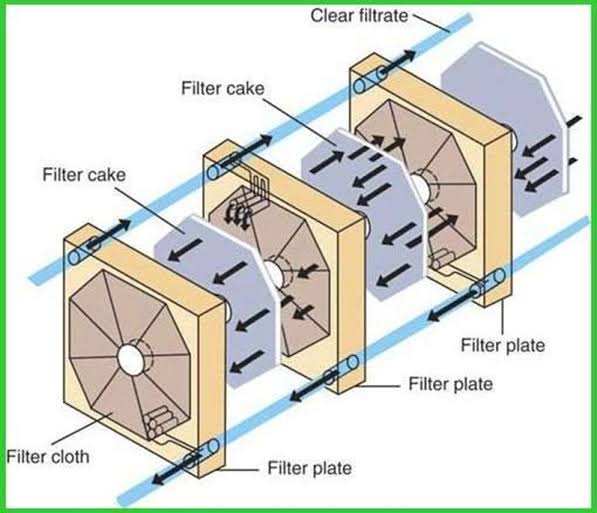Exploring the function of filter press plates.
The function of filter press plates cannot be overstated when it comes to optimizing the filtration process. These essential components act as a crucial barrier, separating the filtrate from the slurry and allowing for the efficient removal of solids. By exploring the materials and construction of filter press plates, we gain a deeper understanding of their role in ensuring a successful filtration process.
One key aspect to consider is the material used for constructing filter press plates. From polypropylene to stainless steel, each material offers unique advantages tailored to specific operational needs. Understanding these distinctions enables us to make informed decisions based on compatibility with different substances and desired filtration outcomes.
Furthermore, an exploration of the structural design and engineering behind filter press plates sheds light on how these elements are integral to achieving optimal cake formation and separation efficiency. The careful consideration of plate thickness, geometry, and surface area directly impact filtration performance, making them crucial considerations in filter press operation.
In conclusion, delving into the function of filter press plates opens up a world of possibilities for enhancing filtration processes across various industries. By examining their materials and construction, we can harness new insights that advance our capabilities in achieving precise filtrate separation outcomes while optimizing operational efficiency.
Different materials used in constructing filter press plates.
The construction of filter press plates is crucial to the efficiency and longevity of the filtration process. Various materials are used in the construction of these plates, each offering unique benefits and characteristics. One commonly used material of filter press plate is polypropylene, known for its chemical resistance, durability, and ability to withstand high pressure. Its smooth surface also allows for easy cake release during the filtration process, enhancing overall efficiency.
Another material often utilized in filter press plate construction is stainless steel. This robust material provides excellent corrosion resistance, making it suitable for applications involving aggressive chemicals or high-temperature environments. Additionally, stainless steel filter press plates are highly durable and can be easily cleaned and maintained for continued effective filtration performance. Understanding the different materials used in constructing filter press plates can help in selecting the most suitable option based on specific filtration needs and operating conditions.
Overview of the construction process of filter press plates.
The construction process of filter press plates is a fascinating engineering marvel that involves precise manufacturing and stringent quality control measures. The process begins with selecting the right materials, often including high-quality polymers or metals such as polypropylene, stainless steel, or cast iron. These materials are then carefully molded or machined into the desired shape and dimensions, ensuring uniformity and accuracy to guarantee optimal filtration performance. Each step in the construction process demands meticulous attention to detail, as even minor imperfections can significantly impact the efficiency and longevity of the filter press plates.
Moreover, advancements in technology have revolutionized the construction process by enabling innovative designs and enhanced durability. For instance, manufacturers are constantly exploring new methods such as injection molding or CNC machining to create intricate patterns and structures on the filter press plates that improve their filtration capabilities. Additionally, incorporating advanced coatings and surface treatments further elevates the performance of these plates by enhancing their resistance to corrosion, abrasion, and chemical degradation. By embracing modern techniques and cutting-edge materials, the construction process continues to evolve, setting higher standards for efficiency and reliability in industrial filtration applications.
Discussing how the choice of materials and construction impact efficiency.
When it comes to the efficiency of filter press plates, the choice of materials and construction techniques play a crucial role. The material used in manufacturing these plates can significantly impact their filtration performance and durability. For instance, polypropylene plates are known for their chemical resistance and light weight, making them ideal for corrosive and food-grade applications. On the other hand, stainless steel plates offer exceptional strength and are suitable for high-temperature operations.
Moreover, the construction of filter press plates determines their ability to withstand pressure and ensure proper sealing during filtration cycles. Plates with precision-engineered designs and high-quality construction contribute to improved efficiency by minimizing leakages and reducing maintenance requirements. Additionally, innovative construction methods such as laser cutting or automated assembly processes can enhance the uniformity and consistency of each plate, leading to optimized filtration results. By considering both materials and construction techniques, businesses can make informed decisions that positively impact the overall performance of their filter press systems.
